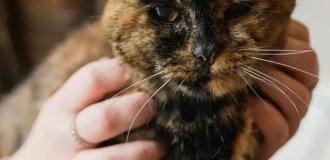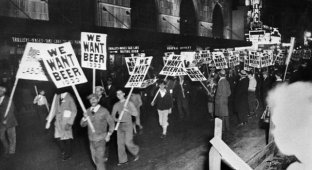How Prohibition Changed the Way of Life in the USA (8 photos)
The mafia flourished, underground bars and feminists appeared. And cocktails with nasty swill instead of whiskey became the norm. 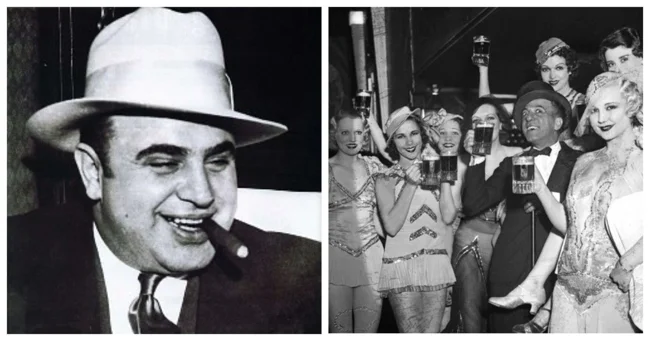
Prohibition was passed in the 1920s. The “fathers of the American nation” voted for the 18th Amendment to the Constitution and alcohol was banned. 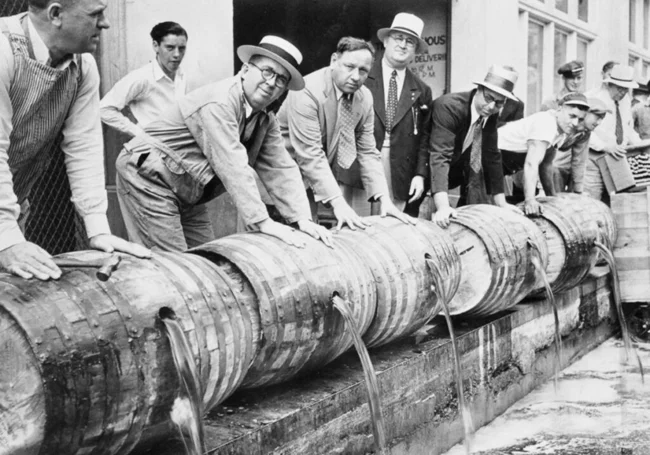
At first, everything was very good: the number of deaths from cirrhosis and cardiovascular diseases dropped sharply. The number of fights with serious bodily injuries, murders and other crimes decreased. And there was less domestic violence.
Officials rejoiced, all the newspapers trumpeted the victory of reason over booze. And then it began. 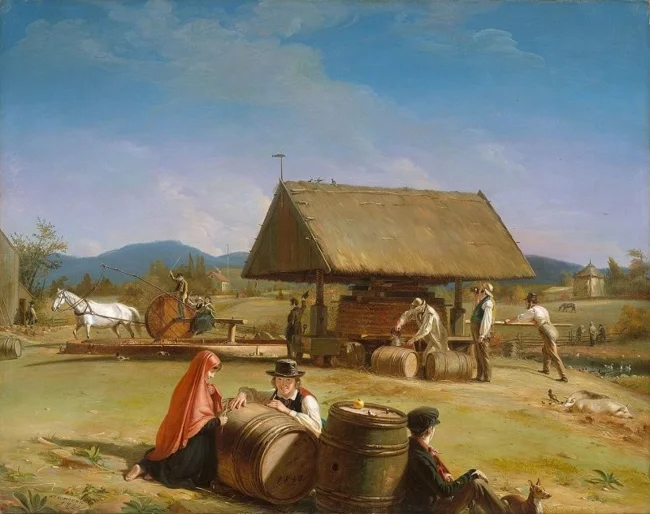
Before the prohibition of alcohol, one of the most popular drinks in America was cider. It was cider, not whiskey. And beer, of course. After the adoption of prohibition, the prices for underground alcohol products skyrocketed and no one wanted to pay big money for weak cider. So it was forgotten and it still hasn't been able to regain its position in the US. Everyone started getting high on strong alcohol. 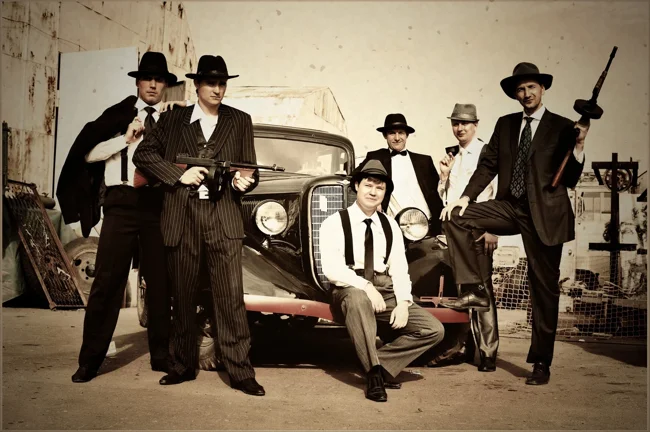
During the “dry” times, the mafia grew stronger. The bandits realized that people wanted to drink despite any prohibitions. And that meant they had to get them drunk and fill their pockets with money. By the end of the 1920s, underground pubs appeared in large cities, they were poetically nicknamed “blind tigers”. There is even a legend that at first they worked under the guise of attractions. Those who wanted to get drunk would come there, tell the guards that they wanted to see a blind tiger, and they would pour him some whiskey. The police knew very well what kind of tigers lived in such establishments, but they turned a blind eye to them for good bribes. So corruption was in full swing, because everyone took money. And those who did not take it quickly became retired police officers. 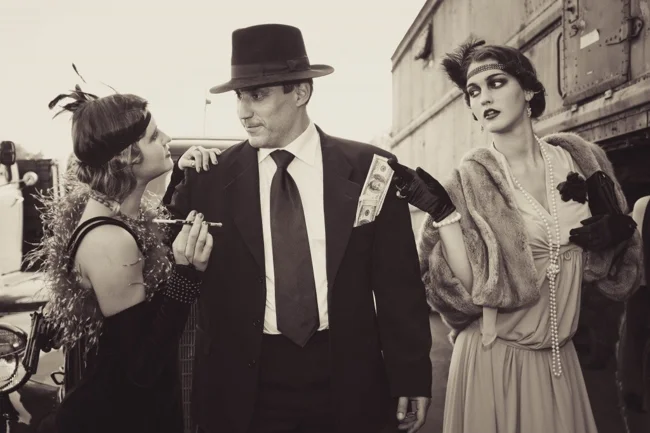
At the turn of the 1920s and 1930s, there were about 10 thousand speakeasies in Chicago, 15 thousand in Detroit. And in the glorious city of New York, their number exceeded 100 thousand. Before Prohibition, women almost never went to such seedy establishments - society severely frowned upon it. And after the adoption of the 18th Amendment, young ladies flocked there in single file. Either they met gentlemen there, or they wanted to play with something forbidden and tickle their nerves. This time is considered the start of the mass emancipation of American women. And from there it was a stone's throw to feminism. 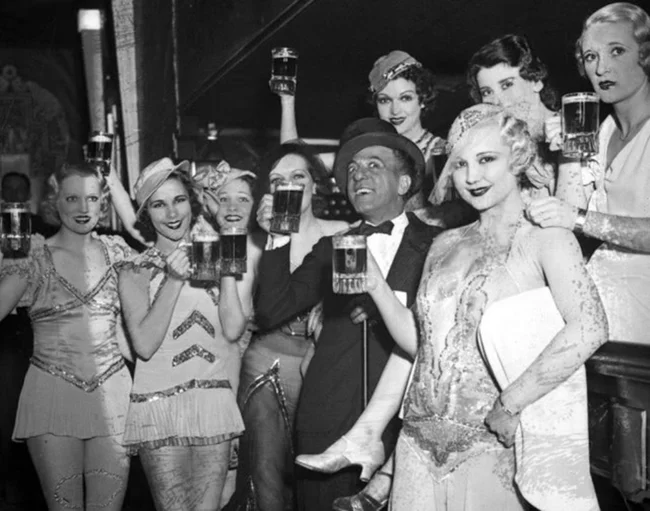
Ironically, it was women who were most in favor of the prohibition and said that all the troubles in the family were due to alcohol. And when the amendment was adopted, they went to pubs on an equal basis with men. 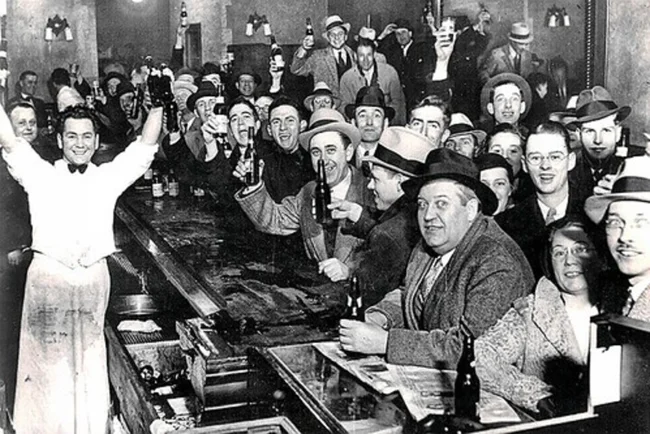
Before the ban, professional bartenders in the United States were in great demand: they were respected no less than bar owners. Sometimes they made a real show out of pouring alcohol and greatly amused the customers. And when the new law was passed, all these guys were left without work. Some of them went to neighboring Cuba, where no one even thought of banning alcohol. Others began working in underground bars. Here their skills reached a new level. The reason is simple - often illegal alcohol was simply disgusting. And it was expensive, so drinkers wanted to get a normal drink for their money and not go blind.
This is how “Scotch island whiskey” came into fashion - bartenders diluted it from industrial alcohol, to which they added dyes and creosote. Whiskey was mixed with cola, and to make gin, the spirit was shaken with juniper oil and glycerin. The quality of this mash was below the baseboard, but the taste was quite good. Also, underground craftsmen came up with many cocktails that are still drunk today. They have the same composition as in the 1920s, only the alcohol is now legal, not industrial alcohol. 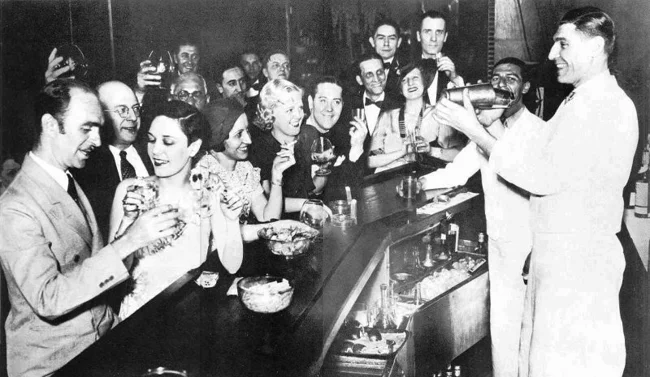
Prohibition was repealed in 1933. When it was adopted, officials thought that they would make the nation healthier and happier. But what they got was the mafia, feminists, and corruption. As they say, a solution for all the money.








